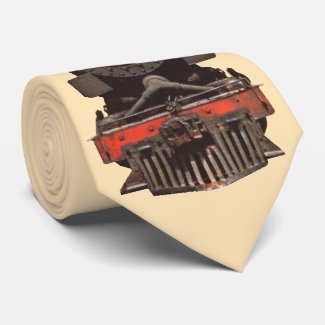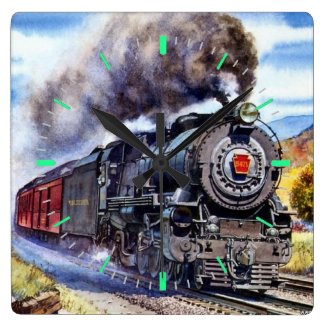The Old Dutch Church
How many generations has it been since the brave, patriotic citizens of our town took up muskets in the cause of Liberty and the Spirit of '76 ? For how many generations afterwards have the town's elders enthralled wide-eyed youngsters of a new generation with tales of those brave deeds of the Revolutionary War, offering as role models of heroism the exploits of our civic ancestors ? How many generations of citizens have safeguarded the heritage so that it might be handed down ? Wouldn't it be a pity if we were the first generation to fail ?
Belleville, the old Village of Second River, was a hot-bed of patriot activity, not to mention the processing center for the Schuyler copper mine, then the largest copper supply in the country. In addition, Main Street was a major thoroughfare for troop movements going south to Monmouth, Princeton or Trenton, which must pass below the old Dutch church tower. We were high on the British "watch list". Much attention was focused on our activities.
In our defense, the Second Essex Regiment, mainly men of the village, was charged with the task of defending the road, the river, the village and the tunnel to the mine. No easy chore was that. British troops were stationed across the river in Arlington watching the mine entrance. Homes along the river were within musket-shot range of British patrols along the Pasaic. Going to the barn to milk a cow or fetching water from the well were life-threatening activities for local citizens. But watchmen and snipers stood guard in the old church tower and the guardhouse at the church had "minute-men" at-the-ready.
The old church tower served the patriot's cause on numerous occasions. Several clashes of troupes occurred within sight of the tower, including the Battle of Second River. History tends to blur these various military actions into a single "Battle of Second River", but it appears that there were several. After the battle at Fort Lee, General Washington was in full retreat, trying to save what was left of his army. British General Howe was in hot pursuit, intent upon Washington's capture and ending the Revolutionary War right here. But the militia men of Second River, together with the Second Essex Regiment and rear-guard detachments from Washington's army were not going to let the war end in defeat here on our turf.
Washington's army made it to Newark where he hoped to stop for rest, new provisions and reinforcements. Sharp, patriot eyes watched for Howe's advance from the old church tower in Second River. Advanced elements of Howe's army were spotted and our citizen army jumped into action. Such a ruckus of musket and cannon fire were arrayed against the enemy, that the forward units, unsure of the size of the opposing force, pulled back to Howe's main army, thus buying time for the patriots.
Thomas Paine, noted author of "Common Sense", was traveling with Washington's army during the retreat. In his recollections of the event, he tells us that twice, detachments were sent out from Newark to join the local militia in these holding actions. [Some accounts report that it was General Cornwallis in pursuit, but we are trusting to Paine's recollections here]. In all, Washington rested four days in Newark, then continued his retreat. The British forces, much larger in number, eventually broke through the lines, but our townsmen and the old Dutch church had done their job.
In September of 1777 there was an engagement which is most frequently referred to as *the* "Battle of Second River". It is for this engagement that a memorial plaque has been erected in the park. The British intended to expand their invasion with a larger force in central Jersey. But first, they had to pass through Second River and beneath the old church tower. Eyes in the tower saw the advance and sounded the alarm. Under the direction of Captains Hornblower, Joralemon, Rutgers and Rutan, a defense was prepared. Skirmishes went on for two days. It began with an artillery barrage of our town followed by musket and cannon battles in the streets. September 14th turned into an all-day pitched battle. With patriot reinforcements pouring in from neighboring communities, front lines eventually took shape near to Mill Street and Union Avenue. The British forces, overwhelming in numbers, eventually broke through. But once again, the local militia had succeeded in delaying the advance and weakening the invading army.
The old Dutch church, icon of the patriot's liberty, survived the war. It also survived natures wrath when in 1819 it was heavily damaged when struck by a tornado, but was quickly refurbished. However, it may not survive the apathy of our modern citizens. It stands today, neglected, ravaged by time, weakened by the pounding of pile-drivers constructing a bridge a few yards away. It is in delicate condition. If we, like the citizens of Boston who preserved the Old North Church of Paul Revere fame, value our heritage of liberty, we will step forward now to save this last remaining icon of our involvement in the War for Independence. Or, will we be the generation that failed ?
-























<< Home